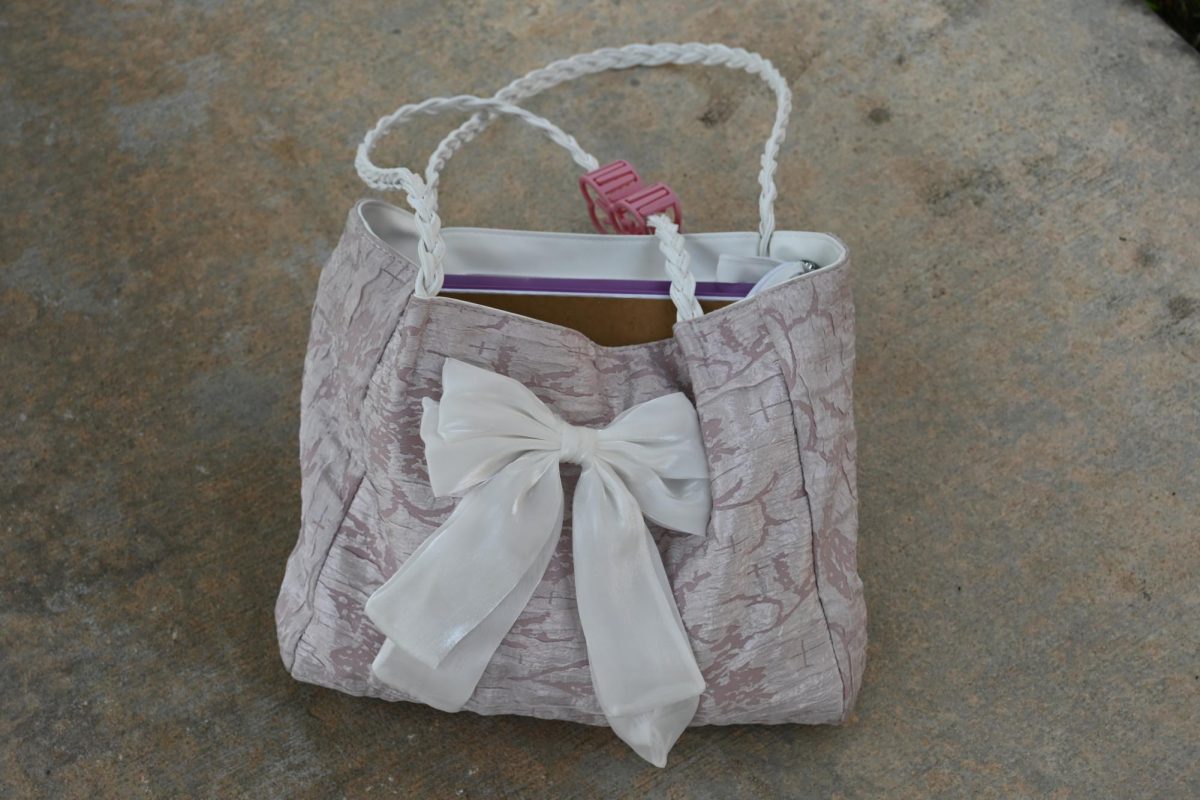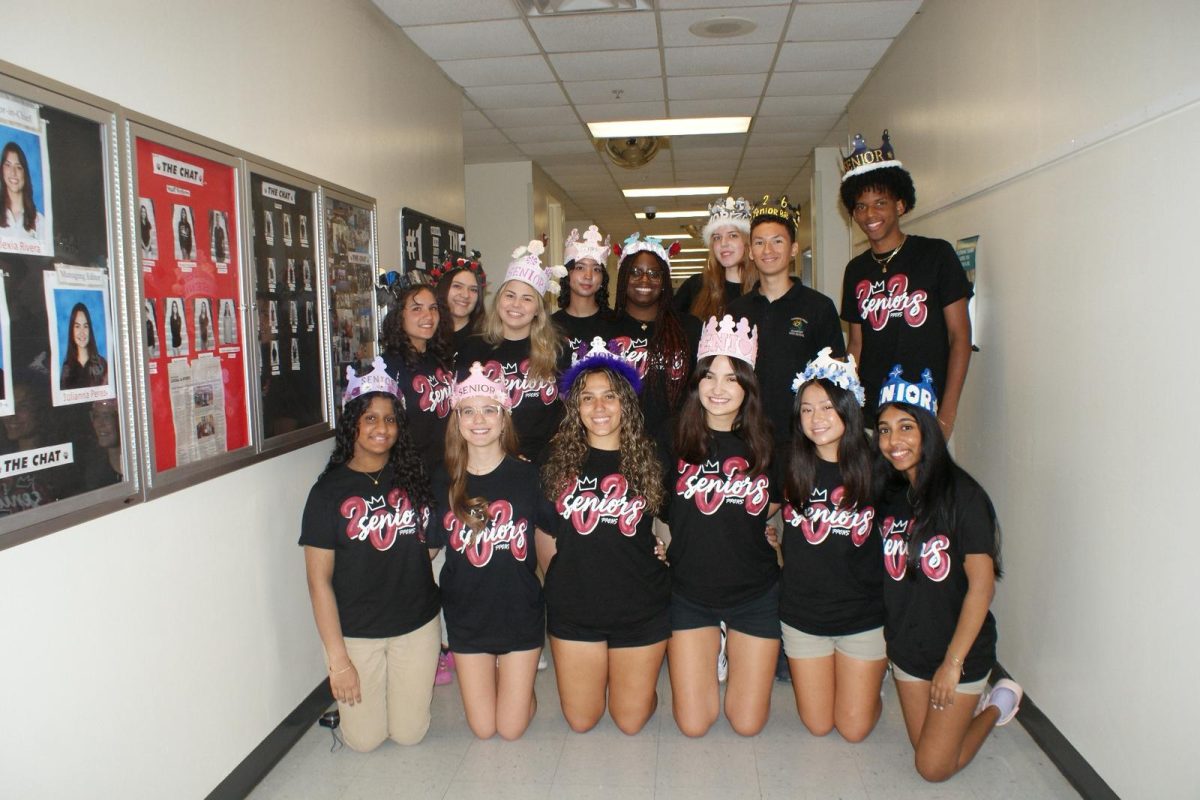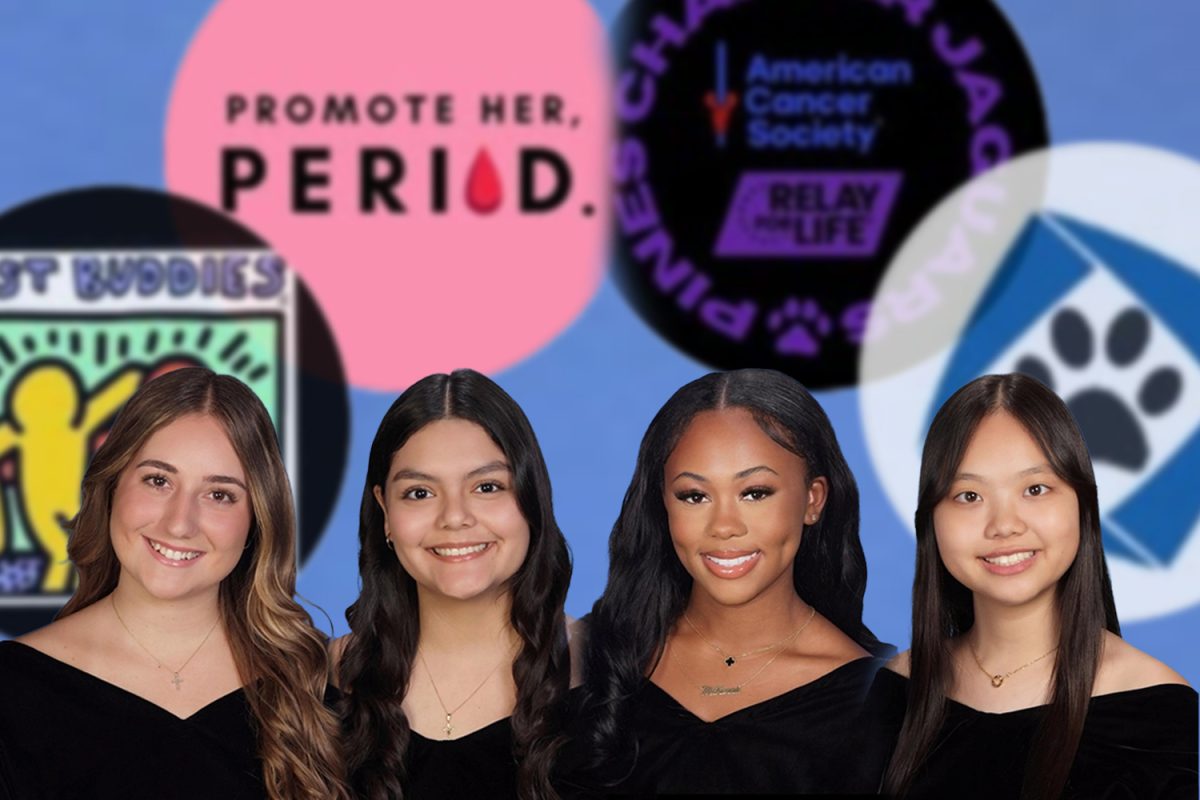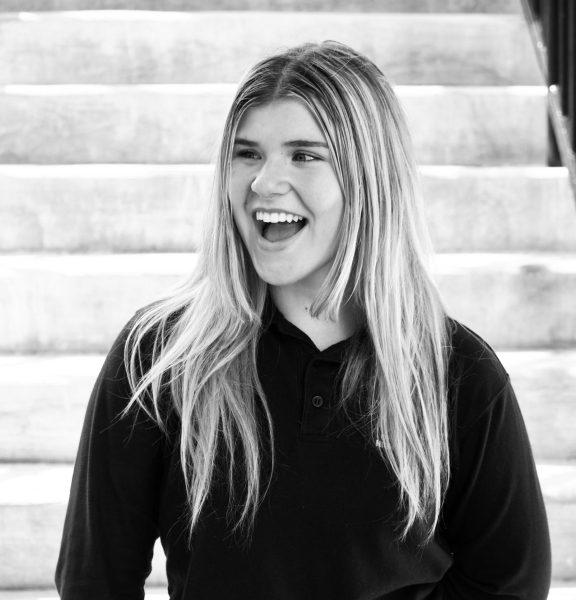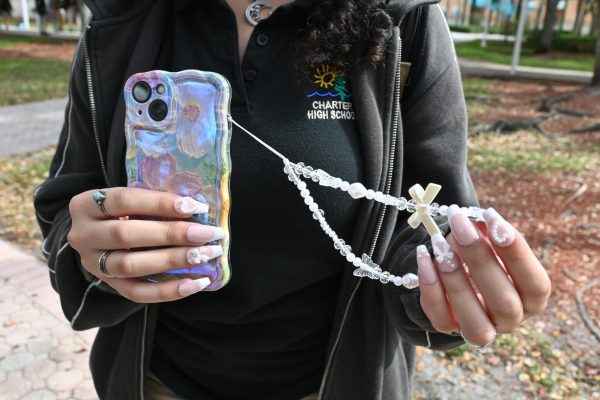
Bows, frills, pink, and pearls. Women of the adolescent (to adult age) primp in pastel dresses, adorn their hair in velvety ribbons, and dance to pop while grazing on delectable pink sweets.
This does not seem like a trend, as what most girls call “self-care” today was considered a daily routine for their sixty to seventy year old grandmothers.
Of course, it’s vital to consider that the art these women consume today distinctively contrasts the era of their elders. While their grandmothers regularly left their radio to Peggy Lee and Jo Stafford, girls now sit in their room skimming through Lana Del Rey’s entire discography on Spotify, embellishing their walls in pink posters they plucked from Pinterest.
What distinguishes these women most is that such a feminine style was the norm for their grandmothers. Women were expected to prance in poodle skirts and strut through school in overwhelmingly pink garbs. It was enforced to the point where it was exhausting. With the immense freedom of expression today, women can wear whatever they like. They can style pants, punk, upcycled wires as a corset, baby tees, simply anything they can put their mind to. That is what defines fashion, it can be anything the wearer wants.
For many women of today, that feminine fashion their grandmothers lived through is what they fancy. On platforms such as TikTok, Instagram, and Pinterest, “Coquette” rules the fashion and decor hashtag.
Coquette, originating from mid-17th century France, simply means a flirtatious woman who knows how to win over a man. Stemming from the word Coq, coquette describes a little female bird.
In today’s definition, Coquette describes a playful, romantic, and especially dainty subculture. In similarity to its original definition, Coquette focuses mainly on feminine, incorporating a broad spectrum of ladylike lavishness. The look often features pink, pastel colors, and of course, the signature accessory: bows. People style these elements with ballet flats, Mary Jane shoes, slip dresses, mini skirts, tights, lace, ruffles, florals, and more.
The aesthetic has become immensely popular among the younger population. On TikTok, there are 1.2M posts under the ‘#coquette’ hashtag, generally accumulating almost five billion views in the last year. However, this attention could have to do with the ‘bow’ trend users saw in early December last year. Mocking the aesthetic by placing a bow on random items such as sink pipes, failed exams, and unused tampons.
That raises the question as to why people would make fun of the trend, and it could have to do with its controversial past and origins. Of course, the definition within itself has misogynistic undertones. Not every woman is out there to attract men, most just dress for fun. In addition, (apart from its French definition), coquette often only defines Eurocentric white women. The aesthetic centers around women like Marie Antoinette and Princess Diana, but falls short in highlighting women of color who were also influential in fashion. Most trends that were created by Indigenous, Asian, Black, and Latin culture do not fit under Coquette standards, and neither does certain weight. There is a community of women online who promote eating disorders to look skinnier for the trend, and there are celebrities removing implants encouraging such rapid weight loss.
Although, it can be argued that those negative traits directly contradict why most women come together to enjoy attire that would be often considered childish or pretentious.
“It’s just a fun way for a girl to be a girl,” eighth grader Emma Betancourt said. Emma is only fourteen but has an intricate view on fashion, and herself. “I still am usually in a regular or boring tank top and denim shorts, but I feel more girlier. I feel more at peace with the aesthetic. I just think it’s a good way to express myself,” Emma stated. She reported that her favorite Lana Del Rey song is ‘Tomorrow Never Came’, from the pop singer’s Lust For Life album.
Where some find community, others find opportunity to embrace the emotions of youth. Sophomore Gabriella Perez, for example, reported how Coquette brings her back to her childhood. “My mom would always hand make me bows to wear, and so, I love that everyone would just start wearing bows again.” On whether or not the trend would stay, Gabriella believes that the trend will eventually die out. “I hope it will stay though,” she concluded.
Luckily for her, there is historical evidence of the trend keeping a long lasting relevance. Coquette might be beyond a trend, though. In short terms, it can simply be seen as girly fashion, and since the beginning of time, there has always been a trendsetting trailblazer to show girls what to wear. Although the humans of the future may lose the bows, there is little to no chance they will ever get rid of pink.
